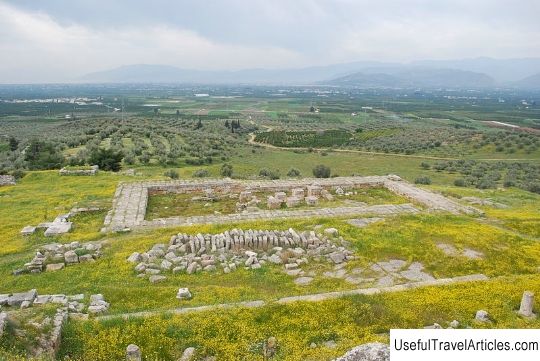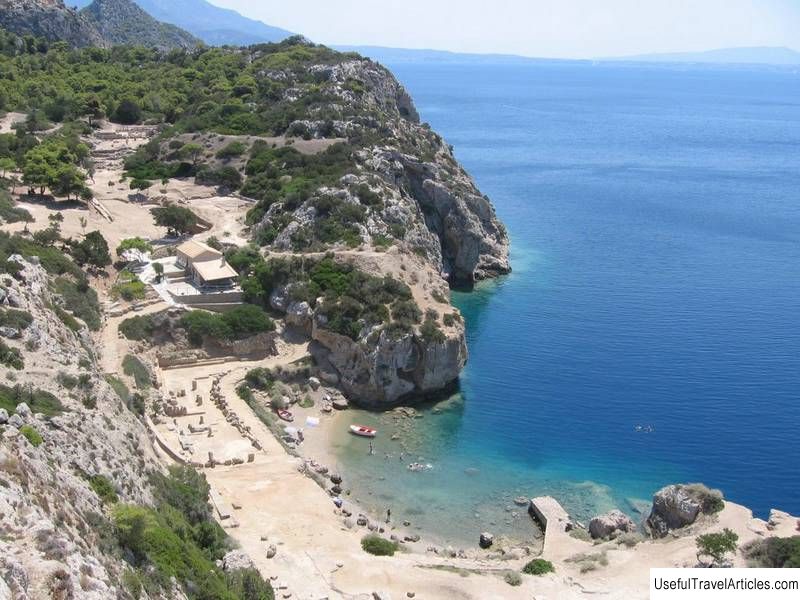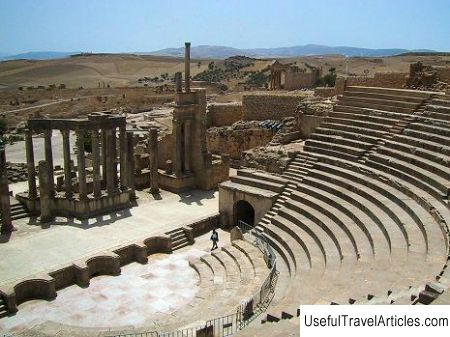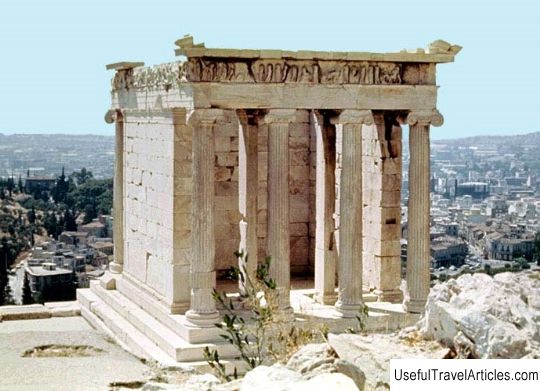Geryon (Temple of Gera) description and photos - Greece: Argos
Rating: 8,3/10 (1232 votes) 
Geryon (Temple of Gera) description and photos - Greece: Argos. Detailed information about the attraction. Description, photographs and a map showing the nearest significant objects. The name in English is Temple of Gera. Photo and descriptionOne of the key places in ancient Greek mythology is undoubtedly occupied by the goddess Hera - the wife of Zeus and the supreme goddess, as well as the patroness of marriage and protector of women (in Roman mythology, she is known as the goddess Juno). The cult of the goddess Hera in ancient Greece was very widespread. The many temples where the goddess Hera was worshiped were called Geryon (Heraion). The most important shrine on the territory of ancient Greek Argolis, where the goddess was worshiped and from where, in fact, the cult of Hera was spread on mainland Greece, is Argos Geryon. You can still see the ruins of an ancient temple not far from the beloved (as the legend says) city of Hera - Argos, whose inhabitants venerated the goddess as their patroness. And although Argos Geryon is often mentioned in connection with the legendary Mycenaean king Agamemnon, the earliest archaeological finds date back to the geometric period ("Homeric Greece"). Most of the ancient artifacts and architectural fragments belong to the archaic and classical periods (7-5 centuries BC). Fragments dating back to the Roman period have survived to this day. The sanctuary is located approximately equidistant between Argos and the legendary Mycenae, in the area that the famous ancient Greek traveler and geographer Pausanias refers to in his writings as Prosymna. British officer Thomas Gordon was the first to identify the area in 1831 and conducted a series of ad hoc excavations in 1836. In 1874, the famous German entrepreneur and archaeologist Heinrich Schliemann also explored this area a little. Thorough excavations of the ancient temple were carried out under the auspices of the Archaeological Institute of America in 1892-1895 and 1925-1928. Temenos (sacred site) is located on a small hill overlooking the Argos plain, and consists of three artificial terraces ... On the upper terrace in the cobbled square was an altar and an old temple (circa 8th century BC), destroyed by fire in 423 BC. The new temple, which housed the famous statue of ivory and gilded bronze by the famous ancient Greek sculptor Polycletus, was built on the middle terrace. Here, among other structures, a structure with an open peristyle was discovered, surrounded by a colonnade (one of the earliest examples of such structures), possibly used as a ceremonial hall. Fragments of the colonnade and the remains of archaic retaining walls, which were built to strengthen the terraces, have survived to this day on the lower terrace. A little to the west, you can see the ruins of Roman baths and palaestra.     We also recommend reading Stele ”City of Military Glory” description and photo - Russia - Leningrad region: Vyborg Topic: Geryon (Temple of Gera) description and photos - Greece: Argos. |




